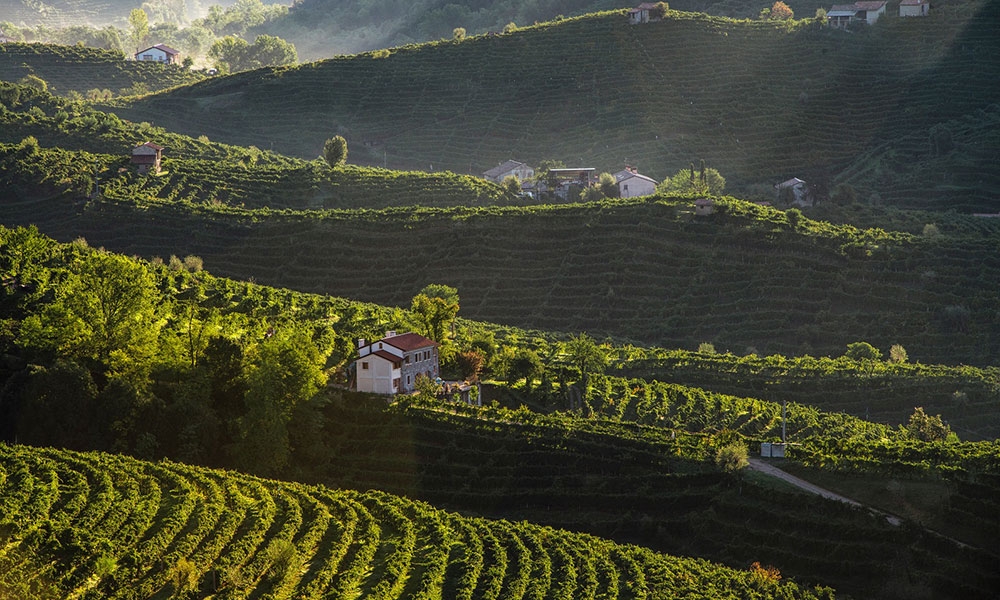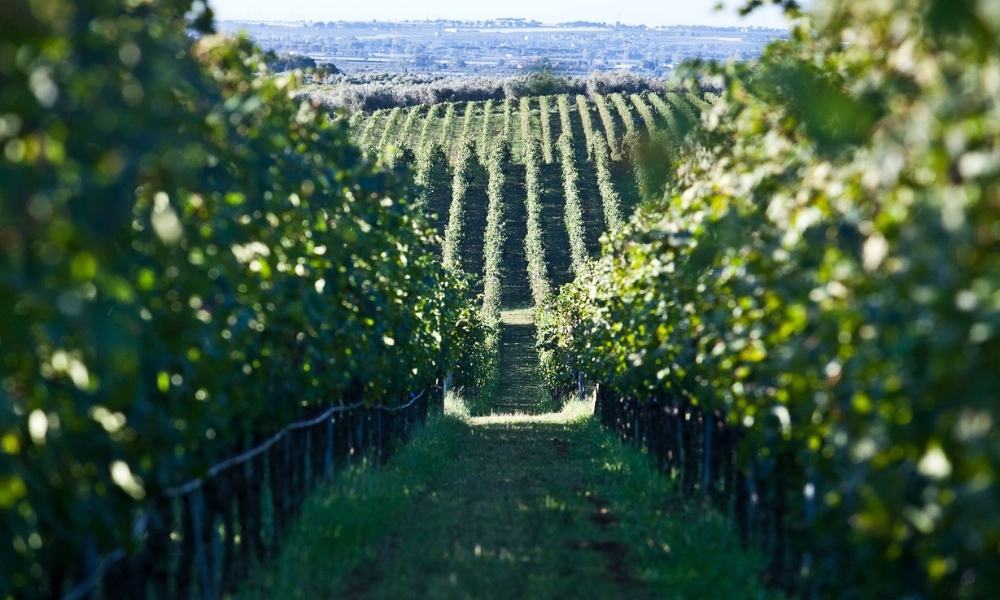Italy Trends – looking back on 2023 and ahead to 2024.
Can you tell us a bit about your experience in the wine industry?
I've been very fortunate to have had a long conversation with wine and its people and places for over half my life. I've enjoyed everything from serving locally sourced alpine wines in a tiny mountaintop Izakaya to speaking on panels at the international wine fairs. Wine has taken me from Manhattan to the steppes of Mongolia and most points in between. As such, it's been an enigmatic, wild ride and I hope it continues.
What led you to learning Italian and all about Italy?
Speaking French from a very early age was a headstart that I was able to transfer across to Italian quite rapidly when I began a degree in International Studies and Communications in Sydney in the late 1990's. I then chose Genova as my exchange university and for a multitude of reasons I have never really returned! I am still in love with Liguria, and coming to understand its peculiarities only served to peak my curiosity about how divergent the rest of Italy might be from the established 20th century conventions. I also believe any understanding of Italy comes from the experience not only of the place itself, but from the Italian diaspora which has left such a mark on so many cultures and corners of the world.
Can you let us know a little about the year ahead?
The year ahead looks quite tumultuous doesn't it? Globally, we have some major elections in the works and in the run up to that I expect there to be an overall climate of wait-and-see. More locally I'm excited for the continued development of the English wine scene, and I'm really enjoying the emergence of this 'Britalian" style of restaurant that's breathing new life into the category. Furthermore, I'm encouraged by the continued growth of regional dining as well as the amazing investment going into Manchester as a destination. As someone who tends to thrive on change, I'm looking forward to what the next 12 months will bring.
What key trends are we likely to see in Italy?
The Italian vineyard is continuing to internationalise but alongside this we are still seeing a growing confidence and rediscovery of indigenous Italian varieties, some of which are more traditional whilst others were previously overlooked and underestimated.
In Veneto and the rest of North-Eastern Italy, we are noticing a burgeoning appreciation for single vineyard Valpolicella, made with tenderness and an eye for expressing the regions considerable natural gifts. For example, we are seeing single site Valpolicella that can sit a similar level to single vineyard new world pinot noir. I hope soon there will be a greater recognition for the svelte, aromatic and dry wines and less reliance on passito methods into the future.

In Piemonte and the North-West, there is an ever-expanding array of regionally specific varieties and styles emerging, particularly in white and sparkling wine. Alta Langa is rapidly gaining global relevance as an alternative to Champagne, while the Derthona appelation is emerging around the town of Tortona with it's native Timorasso grape as the "Barolo Bianco". We are also observing a generational shift well underway in Barolo with many family houses now well under transition to younger members as the legends who brought Barolo to the world stage begin to slow down. There's incredible determination to look after the biodiversity of the region, and this extends to the varieties planted, with newfound adoration for grapes once considered irrelevant.
In Tuscany and Umbria, we may see some extraordinary deals come to market by the end of the year. Value is certainly returning to Tuscany at the top end, and keep an eye on some emerging regions, particularly as investments in the Maremma continue to mature as vineyards, leading to better quality.
In Central Italy it is all about experimentation and diversity, growing at altitude and a new approach to some classic styles. The Super Romans are here and ready to challenge the Tuscans, particularly at the second-wine price point. Launching a new vision for Lazio, after the tidal wave of Frascati subsided, there's been no other moment so important in the history of this region. We seek to answer one question - Is it realistic to think that the region sandwiched between Tuscany and Campania cannot produce wines of consequence?
Finally in the South and the islands we are seeing a better understanding of how to cope with changes in climate and the effect on grape growing. In this region, there are new frontiers on indigenous varieties as per the rest of Italy, but this region is particularly diverse and interesting. Gaglioppo, Susumaniello, and a new variety from Sardegna about to make a debut.Looking ahead, it’s all about redefining our relationship with Sardgena & Calabria, whilst consolidating our existing successes in Sicily and Puglia.

